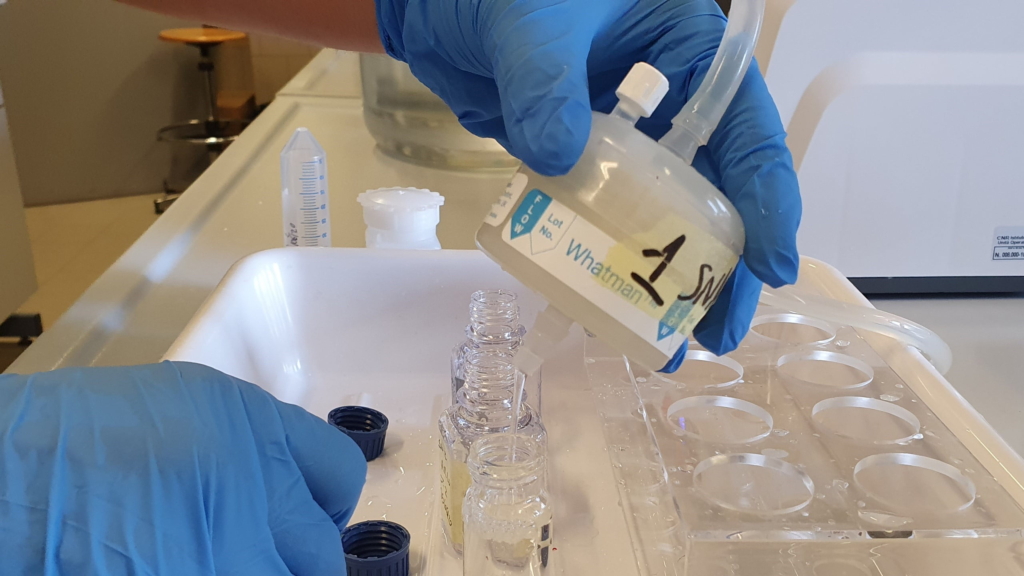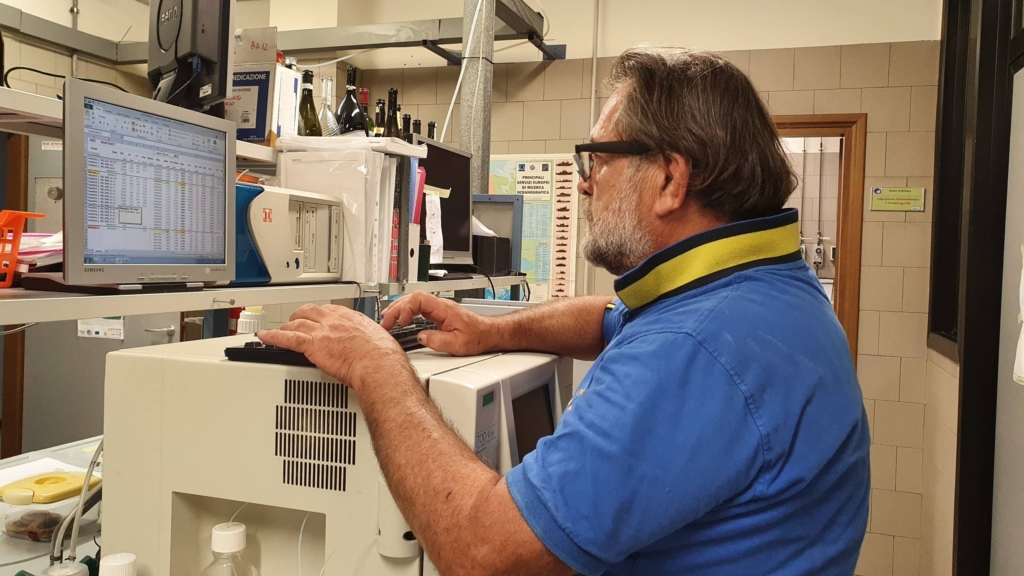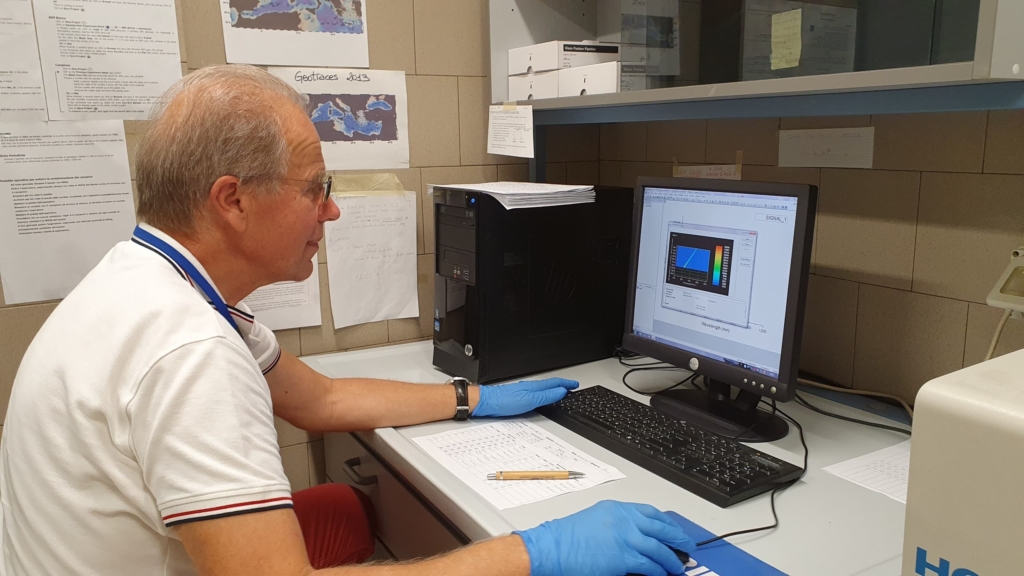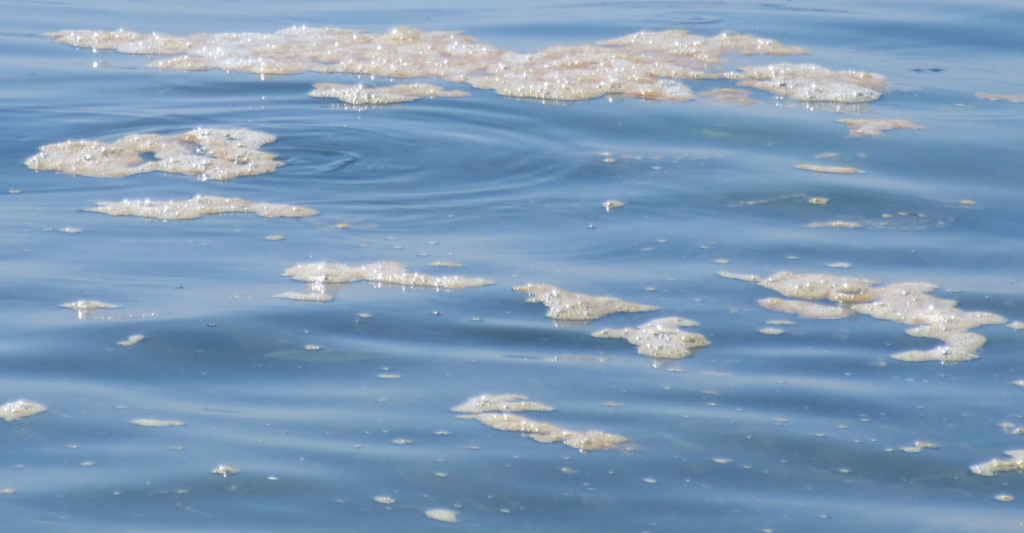What is DOM?
Dissolved Organic Matter (DOM) is a complex mixture of organic molecules, which passes through a 0.2 micron filter. Most of the molecules that make up its pool are not yet characterized at the molecular level, so its definition is purely operational.

Why DOM?
DOM represents the largest reservoir of organic carbon on Earth, playing a key role in the global carbon cycle. It also regulates the proper functioning of the marine ecosystem, representing the main source of energy for heterotrophic prokaryotes (marine bacteria). A fraction of the removed DOM is transformed into bacterial biomass, i.e. used by microorganisms to grow and channeled back into the food web through grazing, whereas the largest fraction is used for respiration and therefore transformed into carbon dioxide and inorganic nutrients.
How do we study DOM?
In order to study DOM, the concentration of dissolved organic carbon (DOC) and optical properties (absorption and fluorescence) of its chromophoric component (CDOM) are measured. DOC gives quantitative information on the entire DOM pool. The optical properties (absorption and fluorescence) of CDOM give qualitative information, such as changes in the average molecular weight and degree of aromaticity as well as the presence of proteins, humic acids and organic contaminants.

DOM and the fever of the oceans
DOC and CDOM can provide indirect information on the health of the marine ecosystem. Measuring DOC concentration is like measuring a person’s fever, if the body temperature is too low or too high, we know that the person is not well even if we do not know the cause. Similarly, abnormal concentrations of DOC, either too high or too low, or particular characteristics of optical properties, tell us that something is wrong in the marine ecosystem, thus representing an alarm bell for its health.

DOM and pollution
DOM can be considered as the synthesis of all biological processes occurring in the oceans providing integrated information on the functioning of the marine ecosystem. It is also affected by pollution. In many rivers, DOM is much more concentrated than in the open sea waters and its main source is anthropogenic activity (urban sewers, agricultural and industrial activities). Similarly, ports or large cities through ship traffic or sewers introduce huge quantities of DOM into coastal areas. DOM is able to interact with different contaminants (such as heavy metals) modifying their bioavailability and toxicity.
